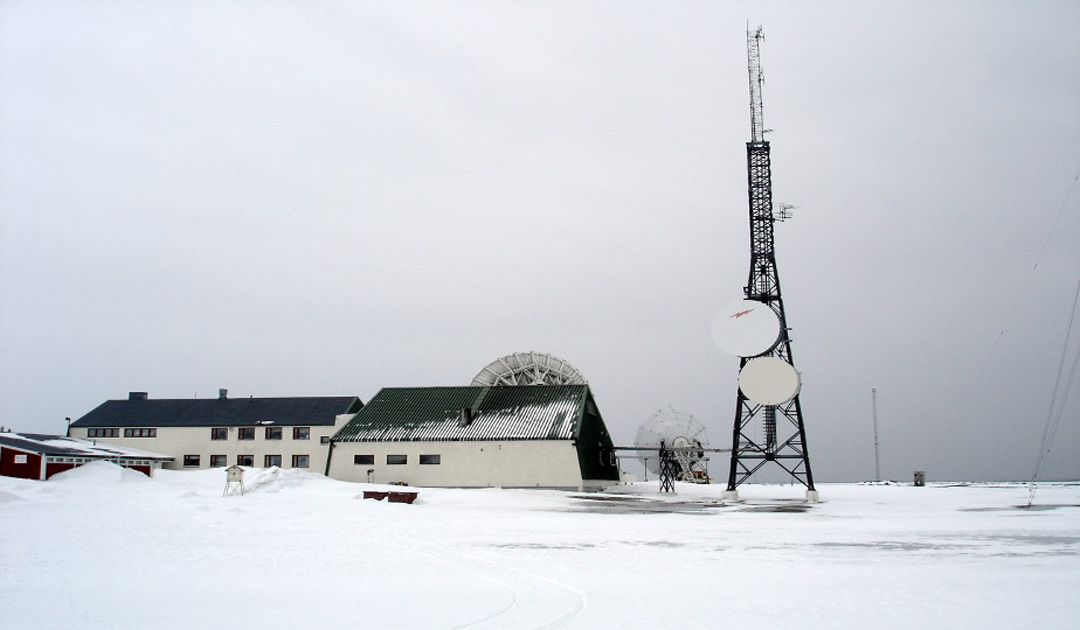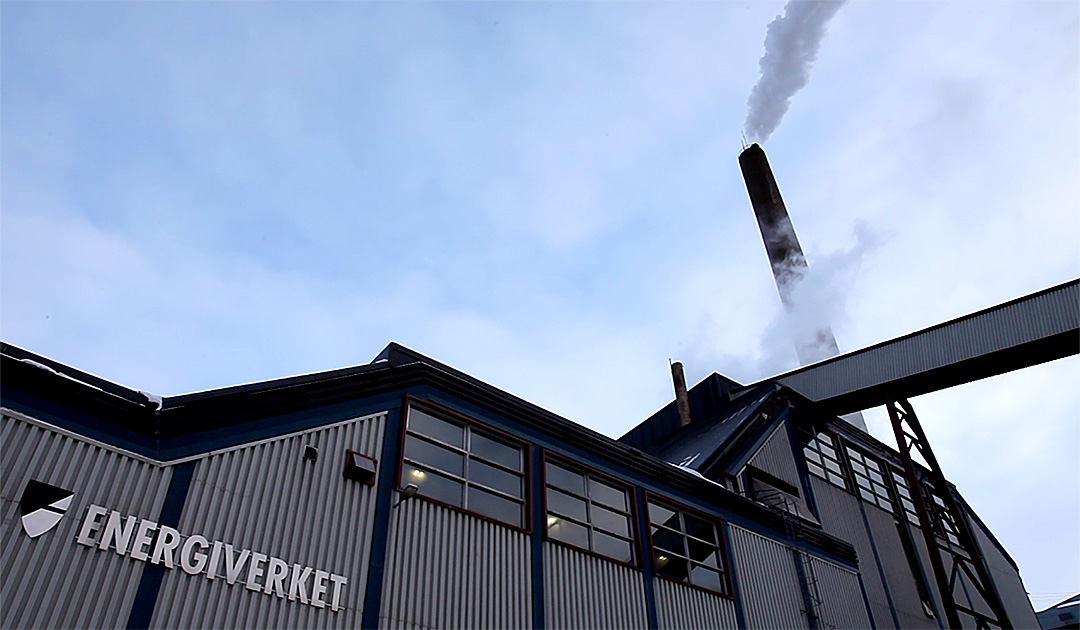
More than 300 solar panels will supply power to a former radio station in Svalbard. A full-scale test as Svalbard implements its energy transition.
Lined up in six rows, the 360 photovoltaic panels, commissioned last Thursday, should produce 70% of the energy needed to run the station, which until now has been powered by diesel generators.
A first for the archipelago, according to Mons Ole Sellevold, renewable energies technical adviser at state-owned energy group Store Norske, the company responsible for developing and commissioning the panels: “It’s what we believe to be the world’s northernmost ground-mounted PV (photovoltaic) system.”, he told AFP. “It’s the first time anyone has done it at this scale in the Arctic.”

The Isfjord Radio site has been chosen to serve as a test site, with the aim of equipping future regions and communities with solar panels where there is a need for electricity without having to rely on generators whose diesel is expensive, sometimes difficult to transport and polluting. Reducing CO2 emissions in Svalbard is a major concern in a region that is warming four times faster than the rest of the planet, and is still dependent on coal for energy.
The archipelago’s goal is to achieve entirely renewable energy production without fossil fuels. “We are well on our way with the creation of Isfjord Radio as a pilot project for emission-free hybrid energy systems for off-grid communities in the Arctic. The long-term goal is to approach a 100% renewable solution,” declared Heidi Theresa Ose, Acting CEO and Head of Business Development Renewable Energy at Store Norske Energi, in a press release last Wednesday.
A field of research and testing for the archipelago and its University UNIS, several of whose students and doctoral candidates have carried out research projects on the site. Store Norske is working with UNIS and Svalbard Energy (SEAS) to develop an energy system using solar and wind power. This will be probably the next step for Store Norske, who wants to test wind power systems and their resistance to the Arctic climate.
The installation of the panels was not without its problems, as the Arctic climate did not spare the workers responsible for installing the panels, whose foundations were sunk into the permafrost. In addition, the work had to generate as little noise as possible so as not to disturb tourists or local wildlife. As a result, particularly noisy work such as drilling had to be completed by May 15 at the latest to avoid disturbing the birds. Kapp Linné is home to a bird sanctuary.

Built in 1933, Isfjord Radio helped maritime traffic by relaying radio messages from the archipelago. The following year, the radio station also became a weather station. Destroyed by the Germans during the Second World War, it was rebuilt and put back into service in 1946. In the 1950s, Isfjord Radio became an essential part of air transport over the North Pole.
From the 1970s onwards, the radio station at the end of Isfjord was gradually supplanted by the technological development of satellite communications. The knell sounded in 2004 with the installation of fiber optics linking the archipelago to the mainland. Yet the site remains a vestige of Svalbard’s history. Sold back to Store Norske, the buildings now accommodate tourists.
Mirjana Binggeli, PolarJournal
More on the subject





